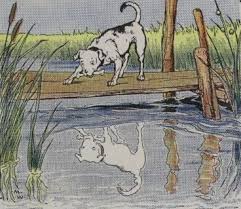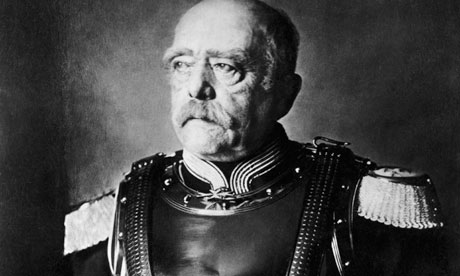The purpose of this weeks final post is to reflect on what the blogging process has contributed to class learning. Certainly, the process encouraged personal development with the materials. This is shown by the development of my writing voice over the semester from summarising relevant papers towards articulating personal opinions and theoretical concepts shaped by the literature.
Certainly, the idea of personal reflection is hugely difficult as students very often feel that their opinions are “wrong” or unwanted. However, the feedback on the posts has done much to ease my concerns and give the confidence to utilise personal conceptual frameworks to understand otherwise alien theories. This should be strength of any reflective writer to appropriate material and develop a deeper overview and connection through narratives synthesised from the relevant sources. Although storytelling prompts “deliberation of past considerations” to prepare for the future,I found it difficult as I tend to create overly long comprehensive reflection, when a pithy reflective piece would suffice.
When this module began, I believed that it was irrelevant to MLIS students and would be the most difficult content-wise. However, the reflections forced an evaluation of the content and allowed the enjoyable experience of taking ideas and expressing through a personalised format and style. Further aiding this process was the anecdotal style of the Lecturer whose lectures reflected the blogging style and conveyed relevant information far better than a lecture of straight theory. Moreover, reflective writing changed my opinion about management by allowing me to appreciate the issues confronting libraries and how essential managers are to ensuring their survival. With reflection comes knowledge within and without. Personal and Professional insights would inspire working managers on how best to serve their business. Therefore, I would be encouraged to continue reflective writing in both spheres to enable life-long learning and improvement.









